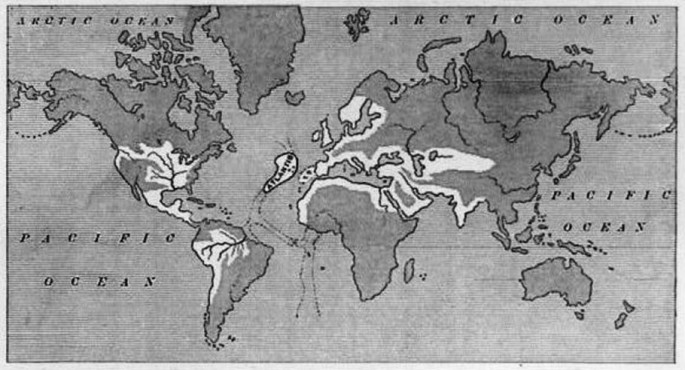An Italian expert on the legendary city of Atlantis, which historical records seem to prove is more myth than reality, claims this fabled city state that once conquered Western Europe is actually located in Sardinia.
Forget the Minoan civilization on Crete or the nearby island of Santorini that was destroyed by a massive volcanic eruption around 1600 BC, which many diehards believe is the real Atlantis.
Journalist Sergio Frau, who published the book "Le colonne d'Ercole" (Pillars of Hercules) in 2002, again reasserts his thesis that Atlantis or Atlas was located at the southern end of Sardinia in an area now covered by the Mediterranean Sea. Frau believes a tidal wave triggered by a comet smashing into the Mediterranean destroyed Atlantis in 1175 B.C.
His theory places him squarely at odds with conventional wisdom claiming Atlantis was located in the Atlantic Ocean beyond the "Pillars of Hercules" or Gibraltar. The myth of Atlantis was popularized by the great Greek Philosopher Plato who was born around 428 B.C.
Plato mentions Atlantis in his dialogues, Timaeus and Critias, written about 360 B.C. He said Atlantis sank into the sea 9,200 years previously. His dialogues locate the island in the "Atlantic Sea" "in front of" the Pillars of Hercules and facing a district called Gadira (Gadiron), a location some modern Atlantis researchers claim is modern-day Gibraltar.
Frau argues the Pillars of Hercules isn't the Strait of Gibraltar but the Strait of Sicily. He claims the island referred to by Plato as Atlantis is in fact Sardinia.
"Plato was talking about the island of Atlas, where the rise of Greek civilization took place. Atlas had a brother, Prometheus, who lived (chained to a rock) in the Caucasus Mountains, so there was one brother who lived in the mountains at sunrise and one who lived at sunset in the middle of the sea," said Frau.
"According to Plato's dialogues, the first thing we see at the entrance to the Strait of Sicily is Sardinia. Plato said that 'the first thing on the other side of the Pillars of Hercules is a huge island, from which you can get to the other islands.'"
"I started studying Sardinia in a different way, and I noticed that on the coast where there could have been a tsunami, there were a lot of Nuraghe (ancient monuments found only in Sardinia), which were buried."
"Ettore Tronci and I have been working on this (research) for three years, using drones. Tronci found hundreds of buried Nuraghe in the province of Medio Campidano, discovering this catastrophe for the first time," said Frau.
In his book, Pillars of Hercules, Frau argues that before Eratosthenes (born 276 B.C.), all the ancient Greek writers located the Pillars of Hercules on the Strait of Sicily between Sicily and Tunisia. He said only Alexander the Great's conquest of the east forced Eratosthenes to move the pillars at Gibraltar in his description of the world.
As a result, the Atlantis described by Plato is most probably Sardinia. He also claims a tsunami once hit Sardinia which destroyed the mysterious Nuragic civilization. The survivors migrated to the Italian peninsula, founding the Etruscan civilization.



























